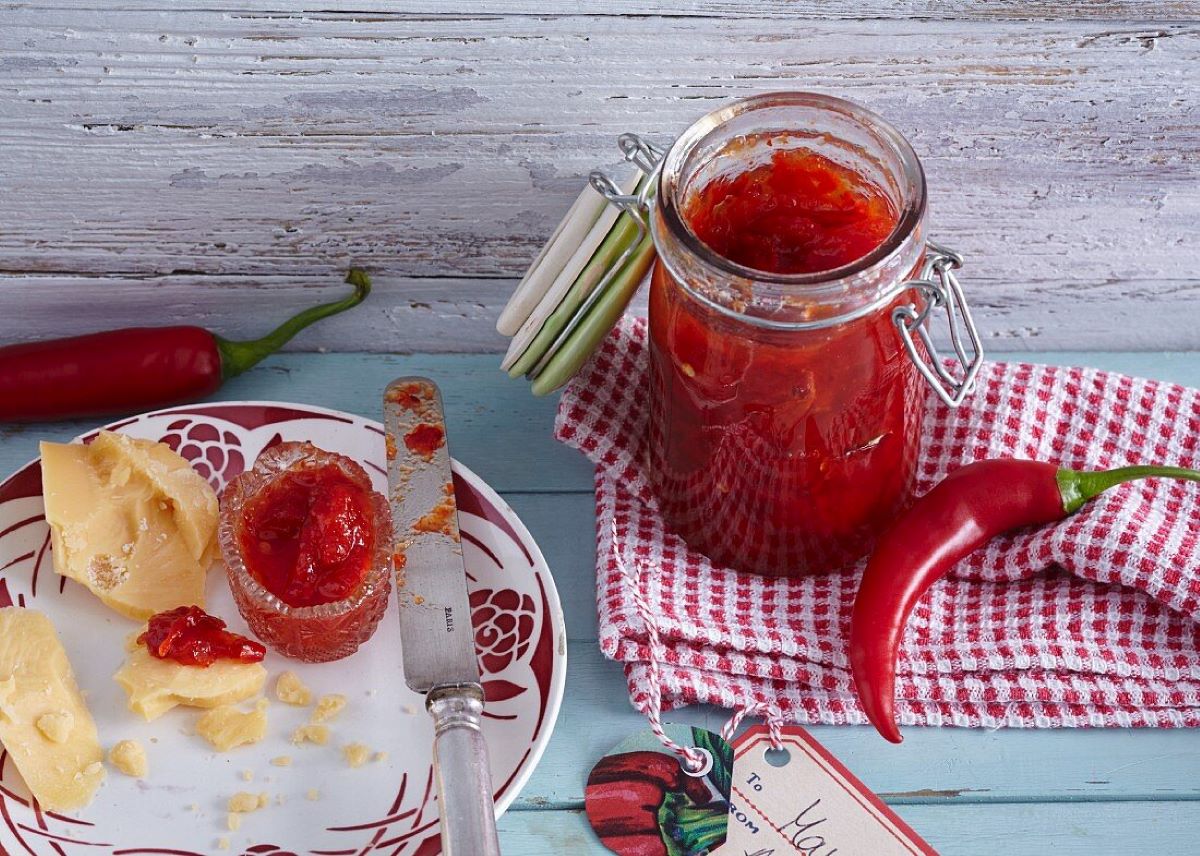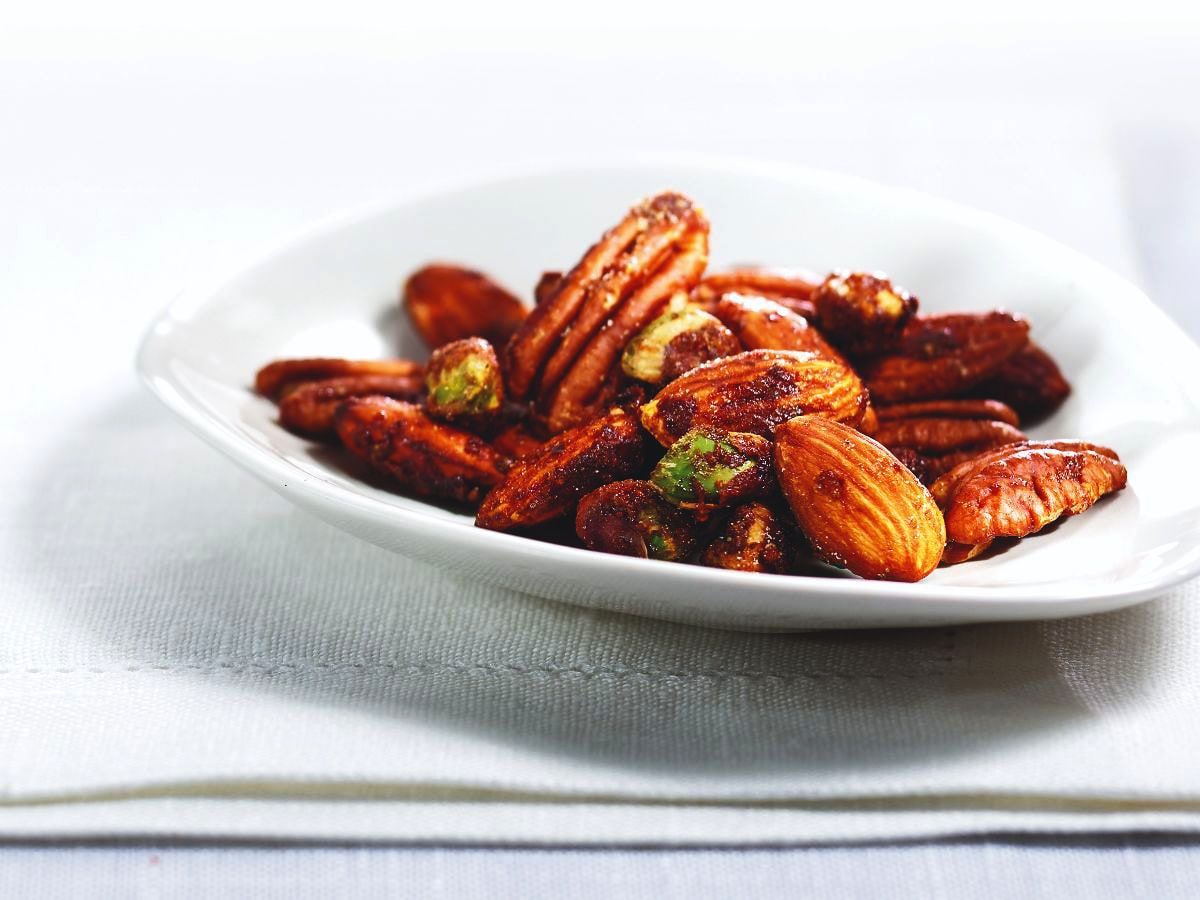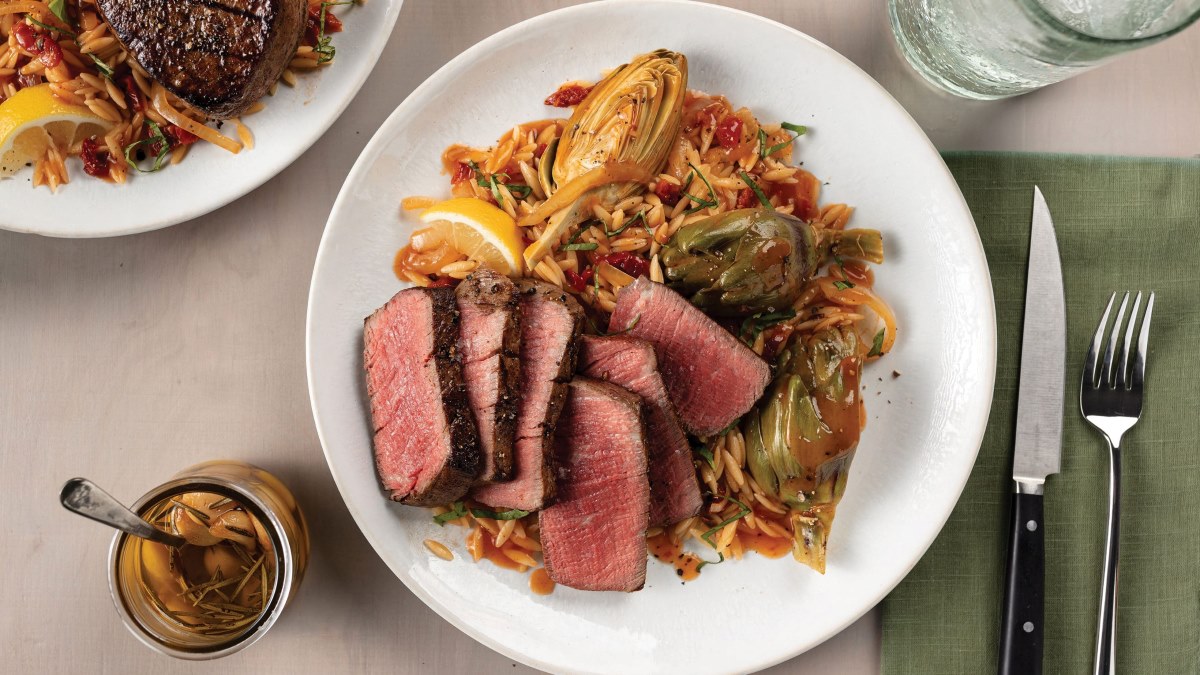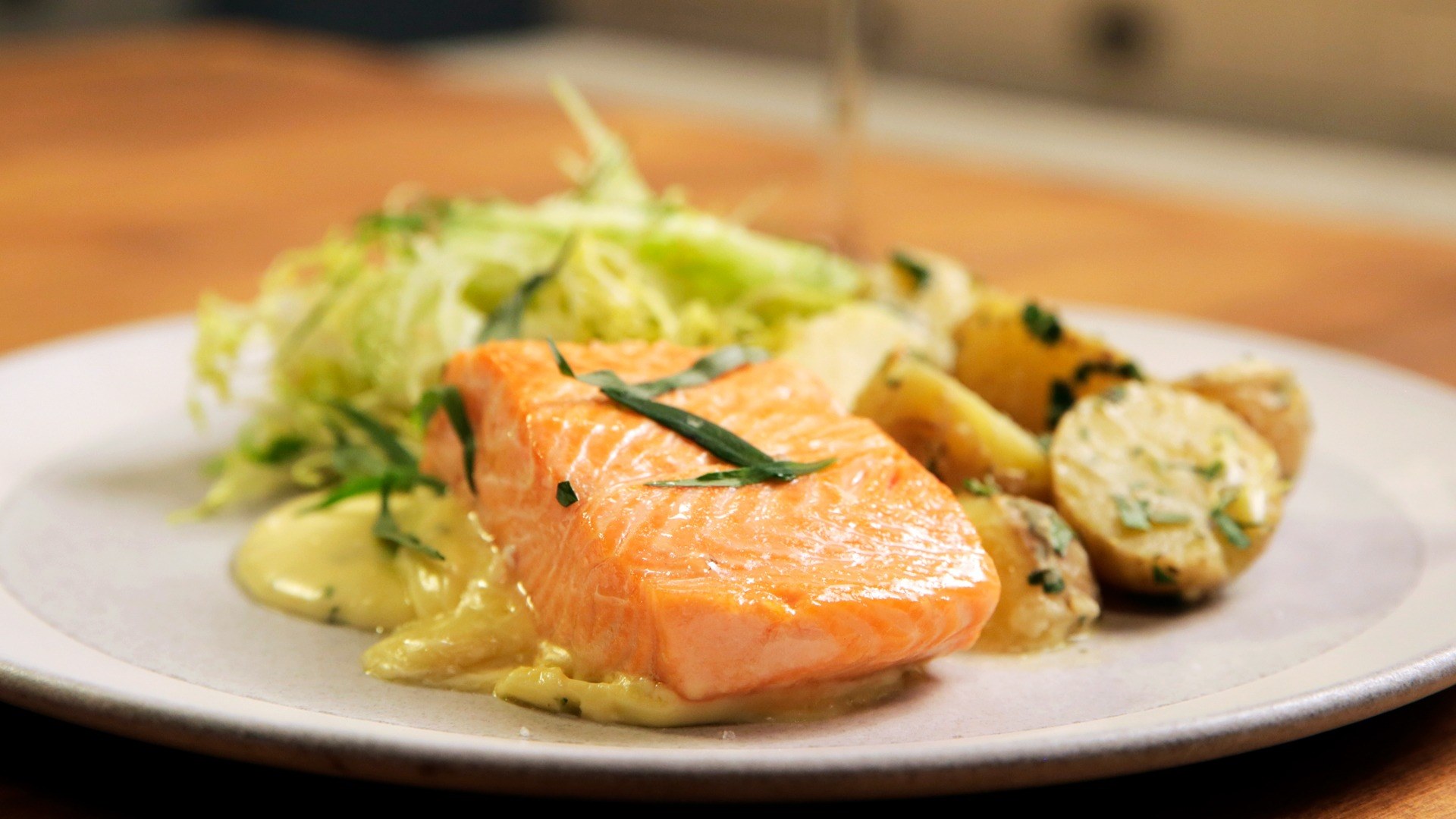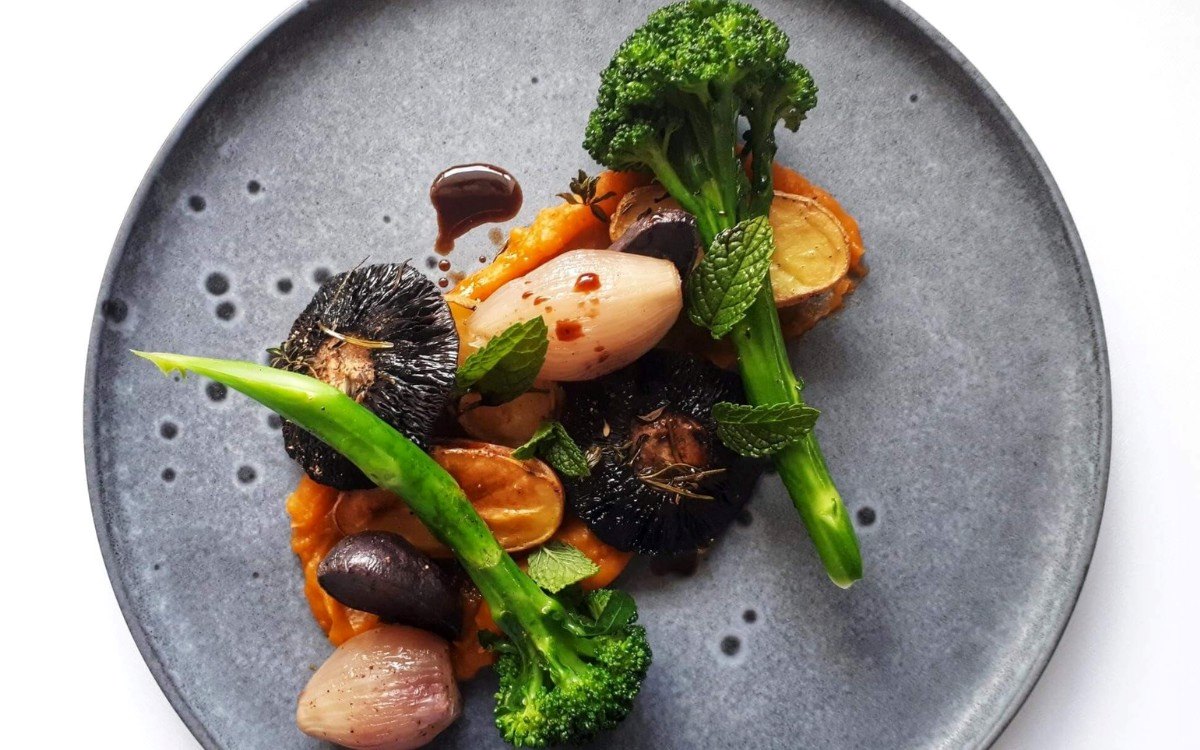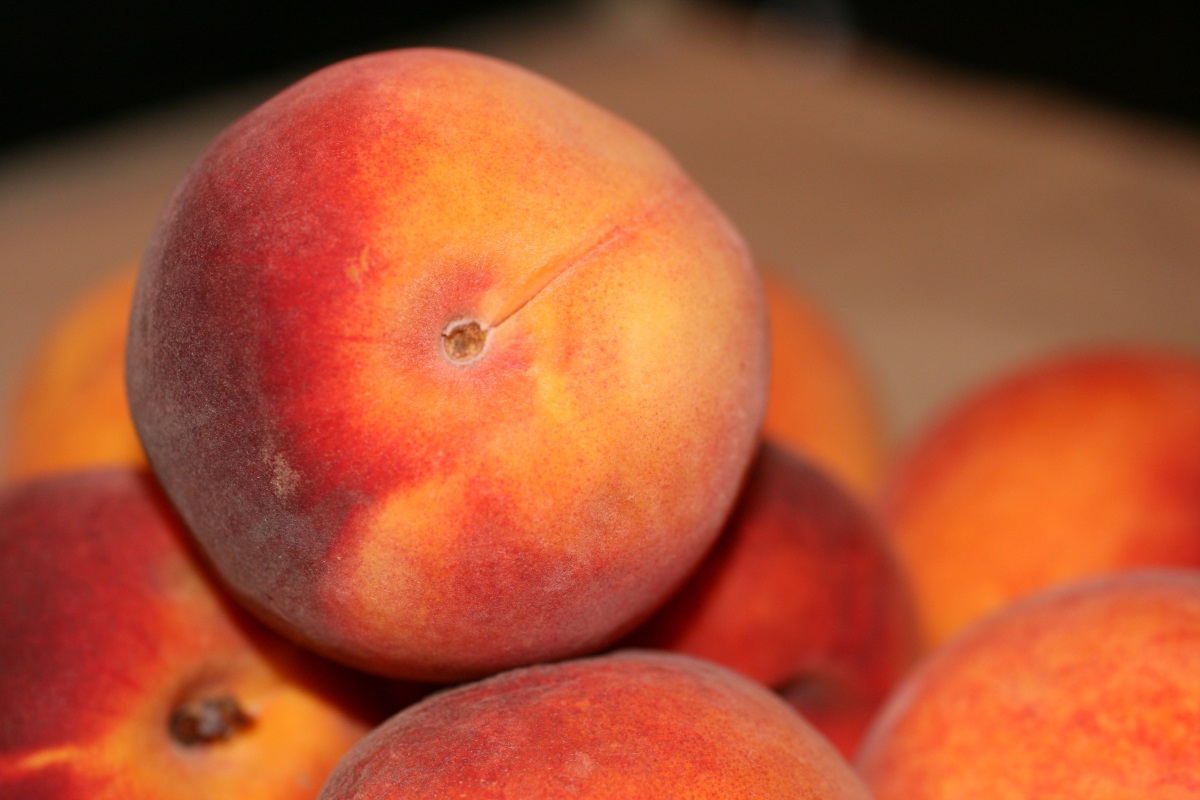What is Confit Fish?
Confit is a French cooking technique that involves slow-cooking food in fat at low temperatures. While this method is commonly used for meats such as duck or pork, it can also be used to prepare delicious and flavorful fish dishes. Confit fish is a delicate and luxurious dish that can elevate any meal.
Choosing the Right Fish
When it comes to making confit fish, it’s important to choose the right type of fish. Fatty fish such as salmon, trout, or mackerel are ideal for this cooking method. The high fat content in these fish helps them stay moist and tender during the slow cooking process, resulting in a rich and succulent dish.
Preparing the Fish
Before you start the confit process, it’s essential to prepare the fish properly. Begin by seasoning the fish with salt and any herbs or spices of your choice. This step not only adds flavor to the fish but also helps in preserving it during the cooking process.
The Confit Process
The key to a successful fish confit lies in the slow and gentle cooking process. Here’s a simple step-by-step guide to confit fish:
- Place the seasoned fish in a dish or a sealable plastic bag.
- Heat your choice of fat, such as olive oil or melted butter, until it reaches a low temperature.
- Pour the melted fat over the fish, ensuring that it is completely submerged.
- Cover the dish or seal the bag and refrigerate the fish for at least 12 hours. This allows the fish to absorb the flavors and become tender.
- Once the fish has marinated, remove it from the fat and gently pat it dry with paper towels.
- At this point, the fish can be seared in a hot pan for a crispy exterior while maintaining its moist and flaky interior.
Serving Suggestions
Confit fish can be served in various ways, making it a versatile dish that can be enjoyed in different settings. Here are a few serving suggestions:
- Flake the confit fish and use it as a filling for tacos or wraps.
- Serve the fish alongside a fresh salad for a light and refreshing meal.
- Pair the confit fish with roasted vegetables for a hearty and wholesome dinner.
- Use the flaked fish in pasta dishes or risottos for a touch of indulgence.
Final Thoughts
Confit fish is a culinary delight that brings out the natural flavors and textures of the fish, resulting in a truly decadent dish. Whether you’re hosting a dinner party or simply want to treat yourself to a gourmet meal, mastering the art of confit fish can take your cooking skills to the next level. So, the next time you’re looking to impress your guests or indulge in a luxurious meal, consider trying your hand at making confit fish.
